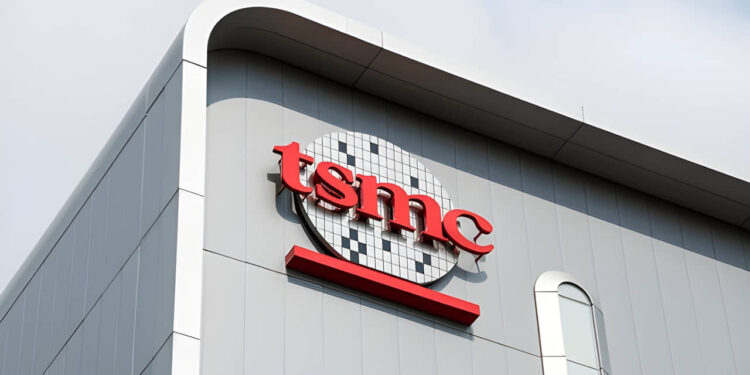Taiwan Semiconductor Manufacturing Company (TSMC)—the market leader in cutting-edge semiconductor production—has announced a substantial multi-year price increase for its most advanced chip designs, beginning in 2026 and running through 2030. This is a significant turning point that marks the end of an age of ever-cheaper transistors and the beginning of a new one where you pay up but get cutting-edge semiconductor technology.
TSMC’s near-term price hikes will be 5-10% per annum for mature nodes, and less than 20% annually for advanced processes below 5nm, including 5nm, 4nm/3nm, and future-generation 2nm technologies. Particularly notable is the jump to 2nm, where wafer prices will rise by over 50 percent beyond those of 3nm wafers, with prices estimated to climb from around $20,000 for a 300mm 3nm wafer to $30,000 or even higher for 2nm wafers. This dramatic increase is driven by the rise in complexity and cost of producing at the angstrom scale, as well as significant capital investments linked to global fab expansions, such as TSMC’s whopping $165 billion commitment in its Arizona-based facilities.
This pricing model represents an economic inflection point in transistor costs as computation becomes increasingly differentiated and value-added over time, providing assured access to customers while also securing a healthy margin for our IP innovation. The already high prices are also exacerbated by political requirements and operation cost premiums in foreign fabs, with one report indicating that U.S. production is 5 to 30% more expensive than making chips in Taiwan.
It reaches far into TSMC’s customer base. While companies such as Nvidia seem to be on board with the hikes, pointing out that TSMC’s worth is colossal in terms of AI accelerators and high-powered computing, others like Qualcomm and MediaTek will find themselves under pressure on margins, and increases in production costs could also impact consumers via more expensive devices. Apple, the biggest client of TSMC, is grappling with higher wafer costs and severe tariff exposure, but gets priority access to advanced nodes thanks to its enormous investment in U.S. manufacturing.
On the one hand, TSMC’s price-hike strategy helps consolidate its market leadership and financial independence; on the other hand, it also raises the barrier to semiconductor innovation. This trend leads industry leaders to adopt hybrid chiplet architectures that combine mature, lower-cost processes with premium nodes for performance-critical logic to efficiently control rising expenses. This change marks the start of a new era for the semiconductor industry. High prices will support the future of AI, high-performance computing, and consumer electronics, changing business models and market dynamics until at least 2030 and beyond.


